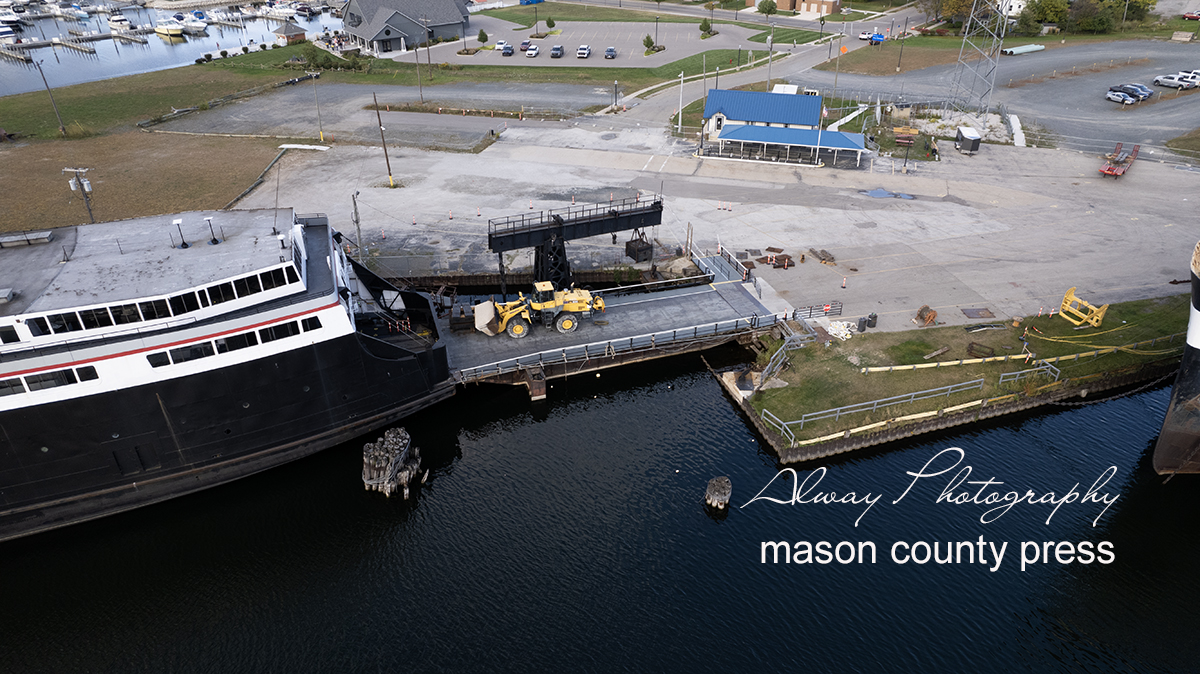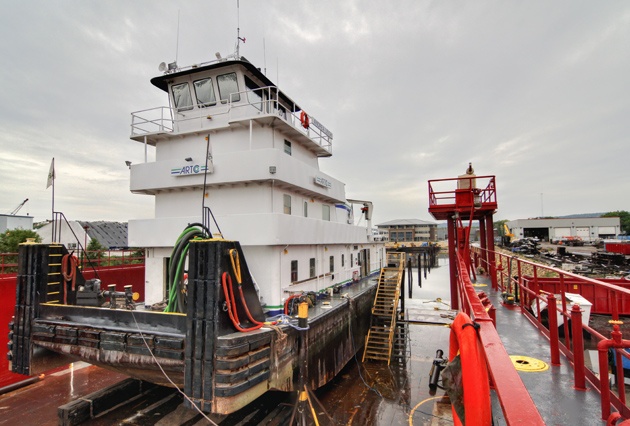DIY Tips for Simple Dock Repairs You Can Deal With
DIY Tips for Simple Dock Repairs You Can Deal With
Blog Article
Exactly How to Address Common Dock Repair Service Issues for Safe Water Activities

Identifying Common Dock Issues
Determining common dock problems is crucial for keeping the functionality and safety and security of your beachfront building. Routine inspections can aid discover issues prior to they end up being extreme, making sure both the long life of the dock and the security of those that utilize it. One prevalent problem is corroded or loose fasteners. In time, screws, screws, and various other fasteners can become loosened due to continuous exposure to water and weather condition components, bring about structural instability.
One more common problem is the deterioration of flotation protection tools. These devices are essential for keeping the dock buoyant, and any kind of damage or punctures can cause the dock to checklist or sink. Frequently looking for leaks or water logged floats can preempt more considerable issues.
Additionally, algae and barnacle buildup on the dock's surface can develop unsafe and unsafe problems. This biofouling not just poses a risk to individuals however can additionally increase the degeneration of the dock materials.
Last but not least, checking for indicators of corrosion on metal parts is important. Corrosion can endanger the honesty of the dock's framework, making it dangerous. By consistently recognizing these typical dock problems, you can make sure that your dock remains useful and safe for years ahead.
Fixing Rotting Timber
When dealing with the concern of decaying wood on your dock, it is crucial to act quickly to protect against further wear and tear. Begin by thoroughly examining the entire framework to recognize all affected areas. Use a screwdriver to penetrate the wood; if it sinks in quickly, the timber is likely deteriorated and requires prompt focus.
When determined, get rid of the rotted sections using a saw or chisel. Make sure to reduce to healthy and balanced, solid wood, ensuring you get rid of all endangered material. After removal, treat the continuing to be timber with a timber preservative to prevent future rot. This treatment will aid secure against dampness, which is the main cause of timber degeneration.
Next, change the eliminated areas with marine-grade lumber or pressure-treated wood, which are extra resistant to water damage. Safeguard the brand-new items with galvanized or stainless-steel fasteners to stop deterioration. Furthermore, applying a waterproof sealer to the new wood can offer an additional layer of security.
Securing Loose Boards
Exactly how do you ensure your dock continues to be risk-free and practical for all its users? One crucial aspect is protecting loose boards, which can Discover More Here or else present considerable dangers. Loose boards not only increase the threat of tripping however can likewise endanger the architectural stability of the entire dock.

For reinstallation, utilize galvanized or stainless steel screws, as these products use remarkable resistance to corrosion in marine atmospheres. Make certain the screws are long sufficient to permeate deep into the underlying assistance structure, yet not so long that they stick out through the dock's surface area. Pre-drilling pilot holes can aid avoid the timber from splitting.
Lastly, maintain a routine assessment schedule to determine and attend to any kind of brand-new concerns promptly. By safeguarding loose boards efficiently, you contribute to the total safety and security and durability of your dock, making it a reputable platform for water activities.
Supporting Unsteady Pilings
Making sure the stability of unstable pilings is extremely important to preserving a risk-free and functional dock. Unsteady pilings can compromise why not check here the entire structure, posing considerable threats to customers and potentially causing expensive repairs. The first step in stabilizing these crucial elements is a comprehensive evaluation. Examine the pilings for indications of rot, damage, or changing. Make use of a level to check for vertical alignment and ensure they are driven deep enough right into the substrate to offer adequate assistance.
If the pilings are found to be unpredictable, one efficient technique for support is using added bracing. Cross-bracing with treated lumber or galvanized steel can dramatically improve stability. Support the dental braces safely to both the pilings and the dock structure to disperse loads evenly.

Normal maintenance and periodic review of the pilings' security are essential to guaranteeing long-term dock safety and security and functionality.
Replacing Rusty Equipment
Resolving unstable pilings is simply one aspect of keeping a dock's honesty; another crucial issue is replacing rusty hardware. With time, exposure to dampness and salt can bring about the oxidation and corrosion of screws, braces, and screws, endangering the entire structure's safety. Routine evaluation for corrosion is necessary, specifically after serious weather or seasonal changes.
When corroded hardware is identified, prompt activity is needed. Begin by selecting marine-grade stainless steel or galvanized hardware, both designed to stand up to the extreme marine environment. Make certain that you have the appropriate tools, such as screwdrivers and wrenches, to securely eliminate the old, corroded pieces without triggering further damage to the dock.
After eliminating the rustic equipment, completely tidy the impacted areas to remove any residual rust or particles. Use a rust-inhibiting guide to subjected steel surfaces before mounting the brand-new hardware. Tighten up all components safely to avoid future loosening, and periodically evaluate the fittings to make sure recurring stability.
Replacing rusty hardware More Help not only expands the dock's life-span but additionally substantially improves the security of water activities. By proactively managing corrosion, you shield both the framework and its customers, guaranteeing a pleasurable and protected beachfront experience.
Final Thought
Regular examinations and upkeep are important to deal with common dock repair service concerns and guarantee secure water activities. Such positive steps contribute to the overall safety and performance of dock structures, cultivating a safe and secure atmosphere for water-based activities.
Making sure the safety and security of water activities hinges considerably on the proper maintenance and repair work of anchors (Dock Repairs). These gadgets are essential for maintaining the dock resilient, and any kind of damages or punctures can create the dock to listing or sink. By consistently recognizing these usual dock issues, you can make sure that your dock stays safe and useful for years to come
Making sure the stability of unsteady pilings is vital to keeping a risk-free and practical dock.Regular inspections and upkeep are essential to deal with usual dock repair service issues and make sure risk-free water tasks.
Report this page